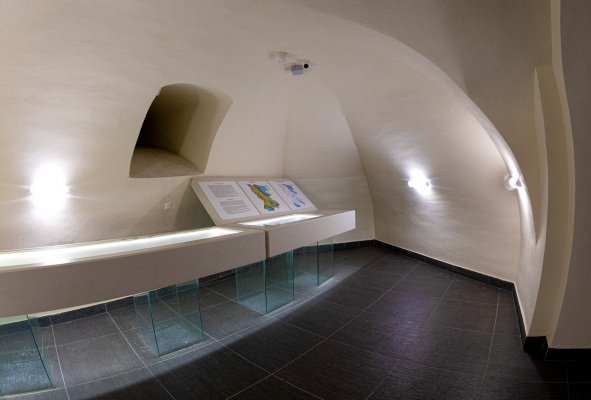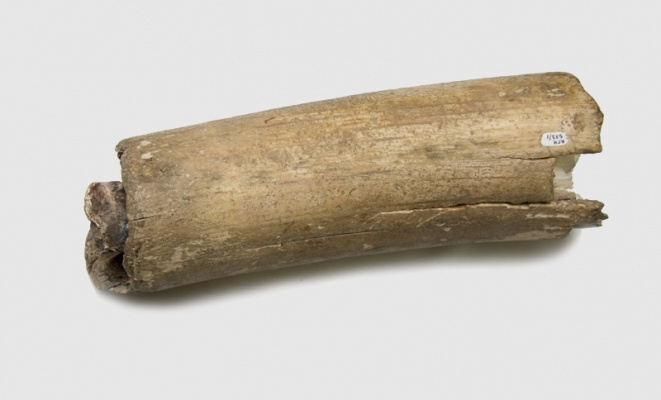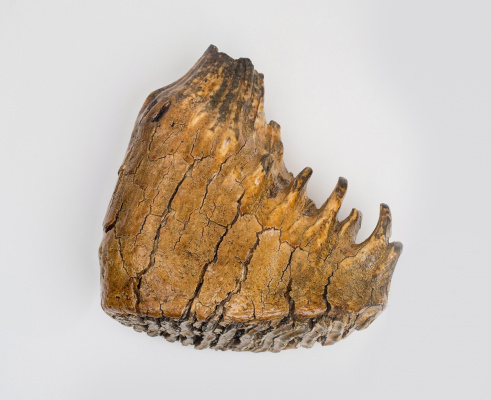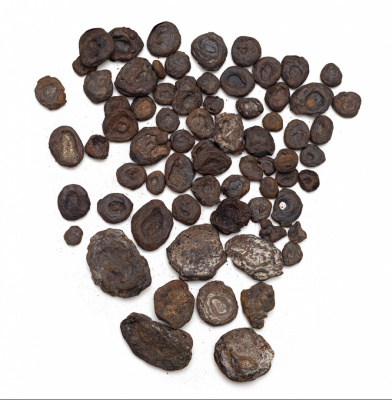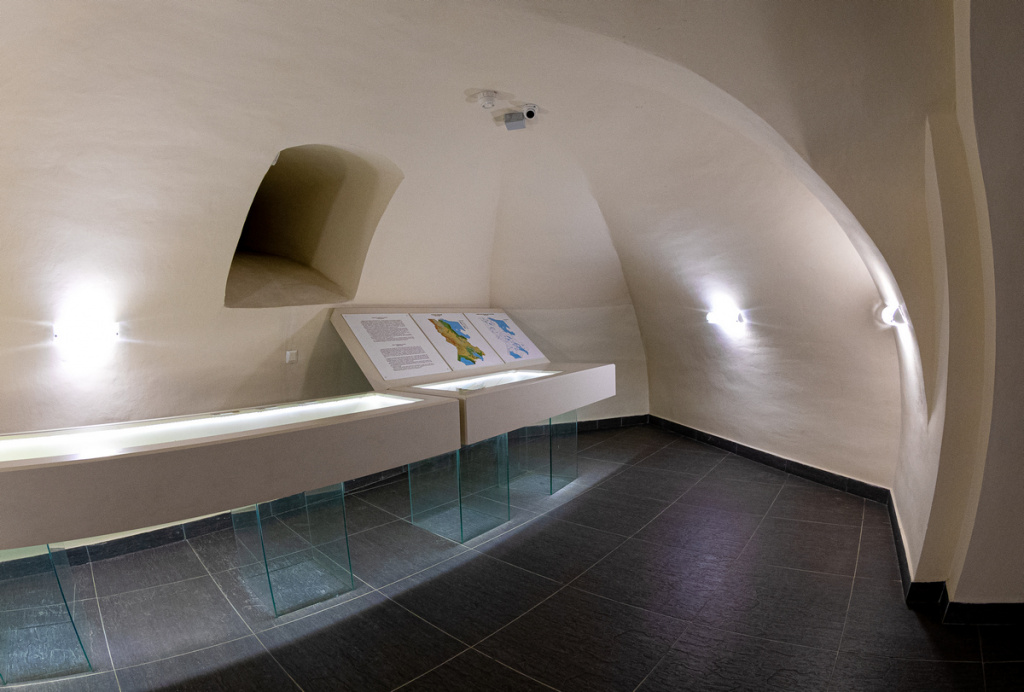
This hall is devoted to the history of the development of the territory of Karelia in the Quaternary period of the Cenozoic era. At this stage of the landscape structure the issues of changes and formation of such its components as relief, climate, surface and underground waters are considered.
The Quaternary Period (Anthropogenic) is the most recent of the geological periods in the Earth's history: it began 1.67 million years ago and continues to the present day. This period is characterized by repeated global climate changes in the direction of cooling, along with the development of ice cover glaciation.
Europe, including the territory of Karelia, experienced four long glacial epochs, which were replaced by periods of interglacials. The Valdai glaciation was the last and not the largest in terms of area: ice covered an area of 3 million square kilometers. The thickness of the ice cover reached 3 km. The center of the glaciation was in the northern part of the Scandinavian Mountains. Ice melting started as a result of climate warming 15-14 thousand years ago, from the southeast. About 9,500 years ago, the territory of Karelia was ice-free.
As a result of the ice melting, the modern relief was finally formed: mainland ice did not change the crystalline basement, but only gave it a peculiar look - it polished and smoothed granite massifs, creating bizarre "ram foreheads" and curly cliffs. It is the glacial sediments (sands, boulders and pebbles) that formed the high hills - kamas and long mounds - ozas ("selgas").
The lake and river network of Karelia began to form as the ice was melting and now in Karelia there are 26.7 thousand rivers and over 61 thousand lakes, of which the largest in Europe are the Ladoga and Onega lakes. Almost one third of the total territory of Karelia is occupied by bogs of different types, which were formed as a result of overgrowing of shallow reservoirs, which appeared after the melting of the ice.
As the climate warmed, the tundra vegetation was replaced by taiga vegetation and then by broad-leaved forests. The mammoth fauna, widespread from the Far North to Transcaucasia, disappeared at the beginning of postglacial time.
Modern Karelia is a large hilly plain with vast marshlands and rock outcrops.


